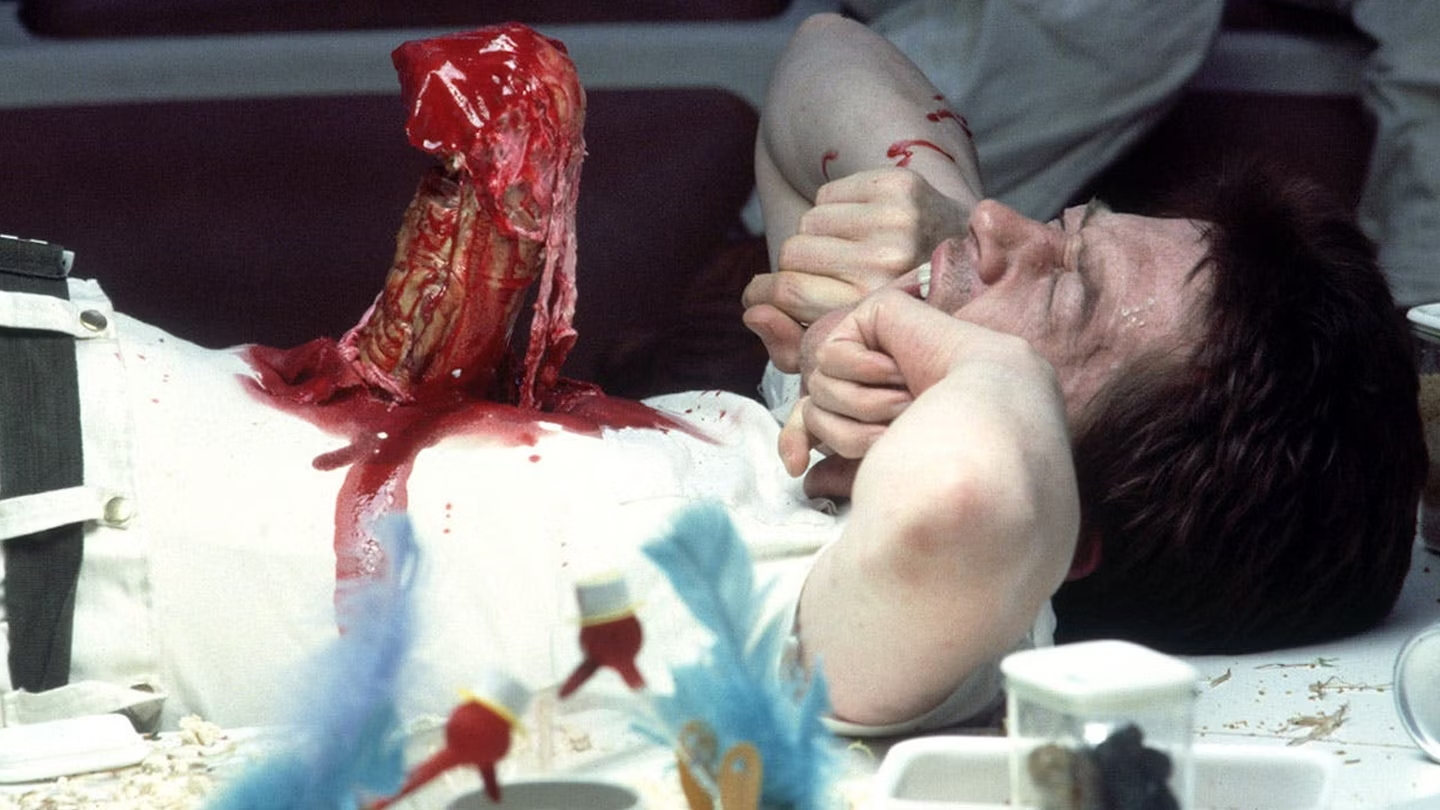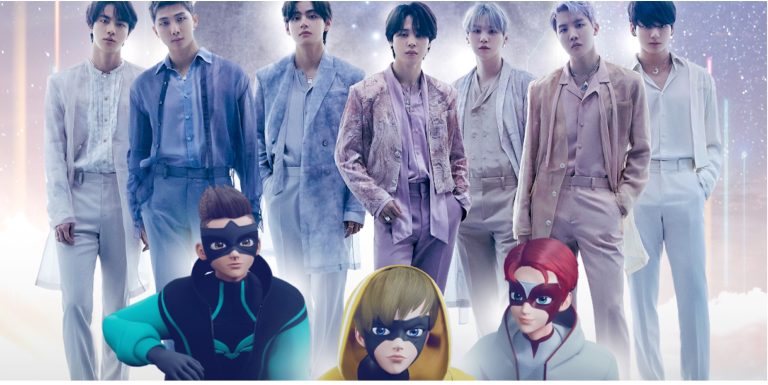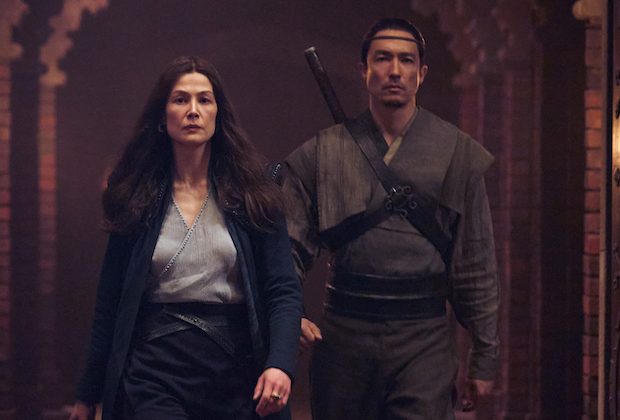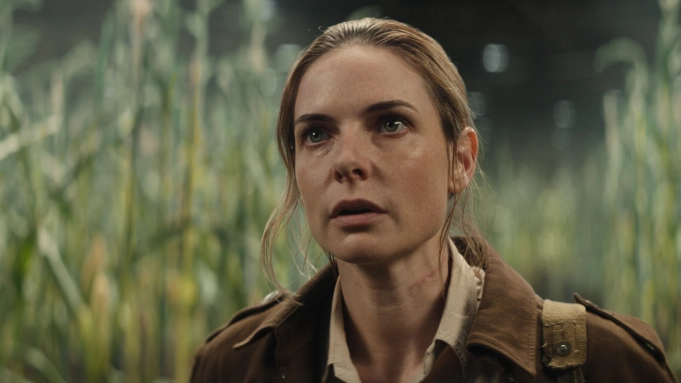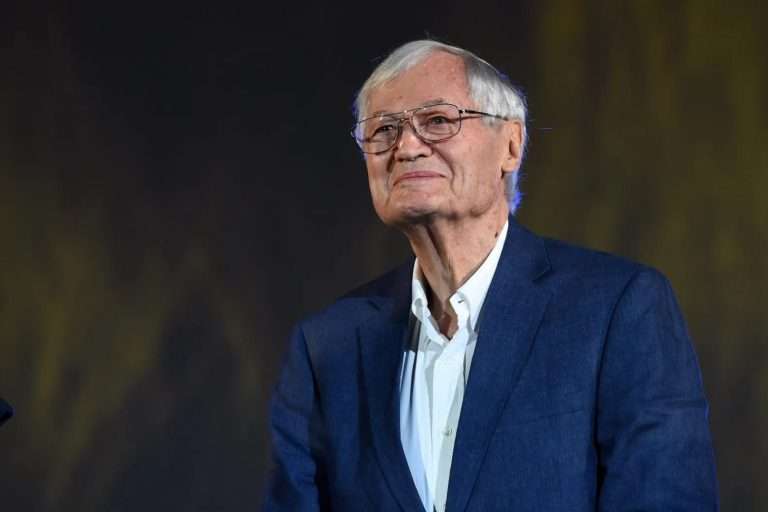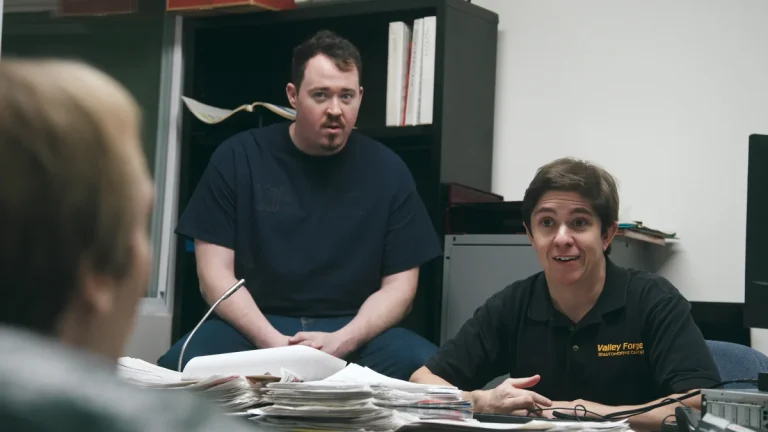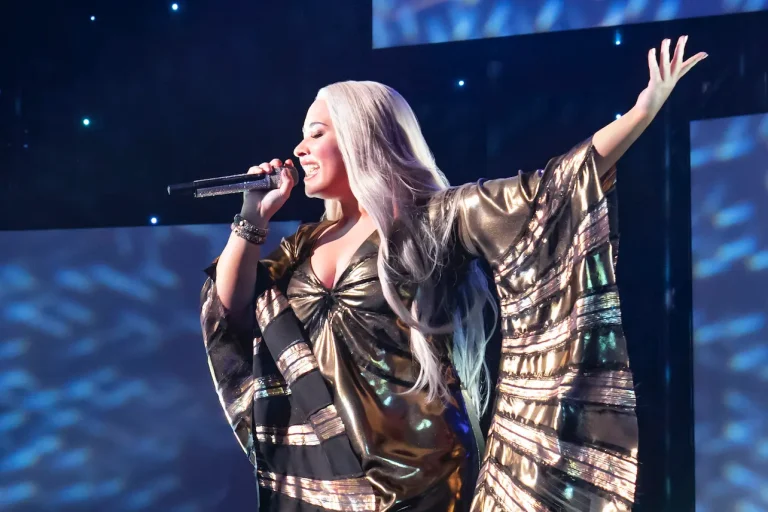When it comes to horror in space, nothing quite compares to the gut-wrenching, heart-stopping moment in Alien when the Chestburster makes its grand entrance. But did you know that the iconic scene, now etched into the nightmares of audiences everywhere, underwent significant evolution from script to screen?
Let’s dive into how Ridley Scott’s Alien transformed what could have been just another creature feature into a milestone of practical effects and sheer terror.
The Evolution of Alien’s Chestburster Scene: It All Started on Page 51
In the original script of Alien, the Chestburster scene was already terrifying, but it wasn’t quite the cinematic shock we now know. On page 51 of the green script, the description was simple yet gruesome: “Kane’s face screws into a mask of agony… A small head, the size of a fist, punches out.” Even in its early stages, this moment was designed to unsettle. The Chestburster’s appearance was described as a “red stain” that eventually led to a creature emerging from Kane’s chest. It was simple, almost too simple.
Director Ridley Scott knew this scene needed something more, something that would leave audiences reeling. He wasn’t satisfied with just acting—he wanted real, visceral reactions. So, he kept the details of the scene a secret from most of the cast.
Veronica Cartwright, who played Lambert, recalled, “We knew what was going to happen. We read the script. We weren’t stupid. We just didn’t know what the hell we were supposed to be looking at.”
Scott understood that the magic of filmmaking often happens in the execution, not just the script. He once said, “The reactions were going to be the most difficult thing. If an actor is just acting terrified, you can’t get the genuine look of raw, animal fear.” He knew that this scene had to be more than just a jump scare—it had to be something that would linger in the audience’s minds long after the credits rolled.
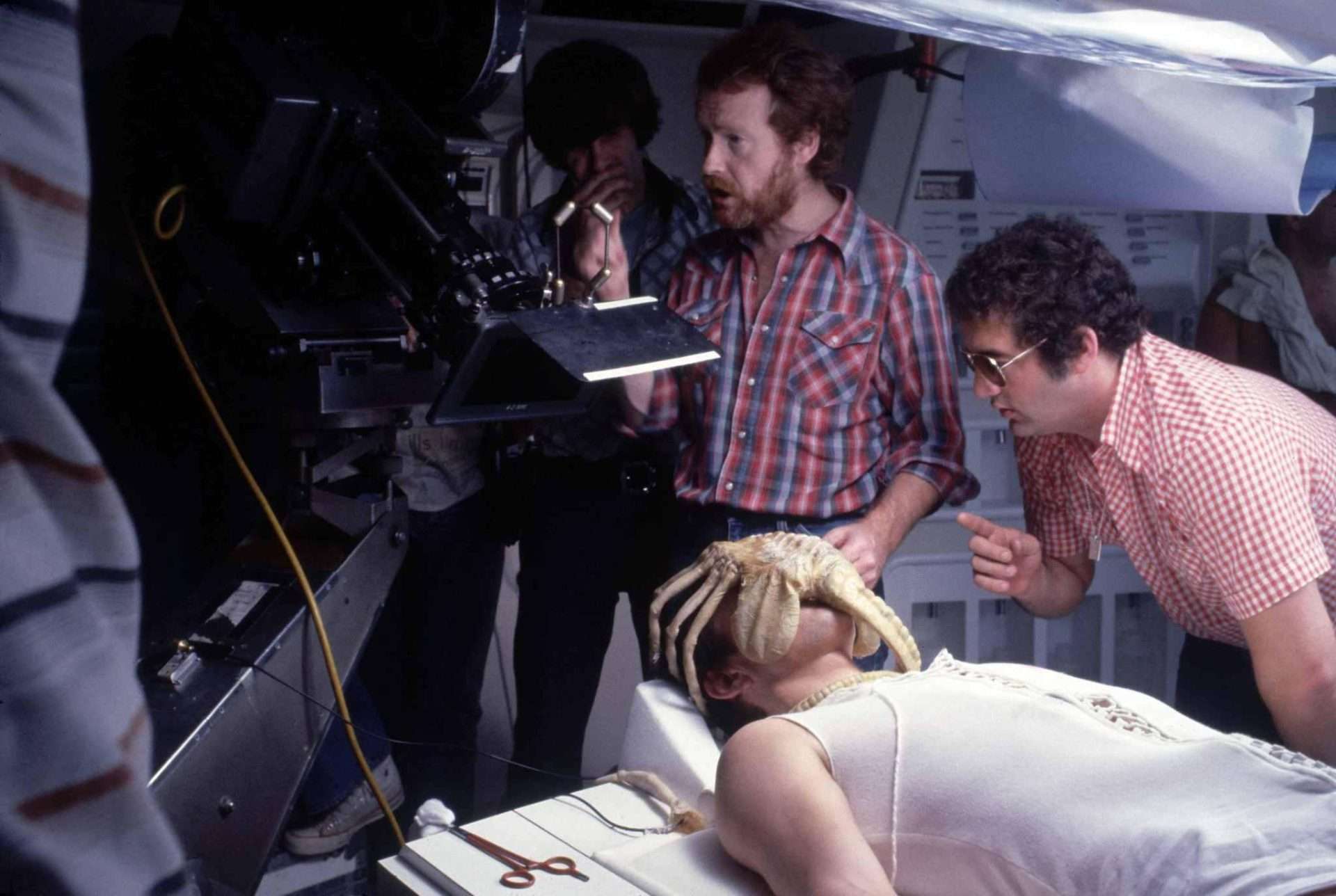
Practical Effects: The Real Star of the Show
One of the reasons the Chestburster scene remains so terrifying even today is because of the practical effects used. In an era where CGI was nonexistent, Scott and his team relied on real animal organs, blood, and innovative techniques to bring the creature to life.
“I figured the best thing to do was to get stuff from a butcher’s shop and a fishmonger,” Scott shared. “You can’t make better stuff than that—it’s organic.”
John Hurt, who played Kane, the unfortunate host, recalled how unsettling the experience was even for him: “I had no idea how it would look on screen. It was just as shocking for us as it was for the audience.” The scene was set with four cameras rolling, and the cast—unknowingly—prepared to witness one of the most shocking moments in film history.
“When it came out and twisted around, none of us expected it,” said Cartwright. “I tell you, it was totally a visceral thing.” The combination of practical effects and genuine reactions from the cast made the scene not just memorable, but iconic. Sigourney Weaver, who played Ripley, later reflected, “It was a moment where reality and fiction blurred—it was terrifyingly real.”
The Impact: Why It Still Haunts Us
The impact of this scene is undeniable. Audiences in 1979 weren’t just scared—they were traumatized. The test screening in Dallas saw people jumping out of their seats, running for the exits, and even fainting. “People jumped up, some actually ran, there was spewing in the loo,” laughed associate producer Ivor Powell.
And what about today? Despite the advancements in CGI, the Chestburster scene continues to terrify audiences because of its raw, unfiltered realism. “You wouldn’t see that today because they would bloody CGI the lot,” Powell remarked.
Also, Read: 6 Mindblowing Facts About Ridley Scott’s Alien (1979)
Alien’s Chestburster Scene: A Legacy That Lives On
The Chestburster scene is more than just a moment in a film—it’s a piece of cinematic history that continues to influence filmmakers and audiences alike. It set a new standard for horror, showing that true terror doesn’t require elaborate setups or digital effects. Instead, it thrives on raw, visceral moments that tap into our most primal fears.
Ridley Scott, reflecting on the impact of the scene, once said, “From that moment on, they were really into it. It wasn’t a game. The shock was real, and that’s what made the scene unforgettable.” This authenticity resonated with audiences and became a benchmark for what horror could achieve.
The legacy of the Chestburster goes beyond its immediate shock value; it demonstrated the power of practical effects and the importance of genuine reactions. It showed that with the right combination of storytelling, direction, and creativity, a single scene could elevate an entire film to legendary status. As Veronica Cartwright aptly put it, “It was a moment in time that will never be forgotten.”
Even decades later, the scene continues to be studied and admired for its groundbreaking approach. Filmmakers often cite it as inspiration, recognizing the genius in its simplicity and the courage in its execution. It’s a reminder that sometimes, the most enduring moments in cinema are born from taking risks and pushing the boundaries of what’s possible.
Source: Empire Online

